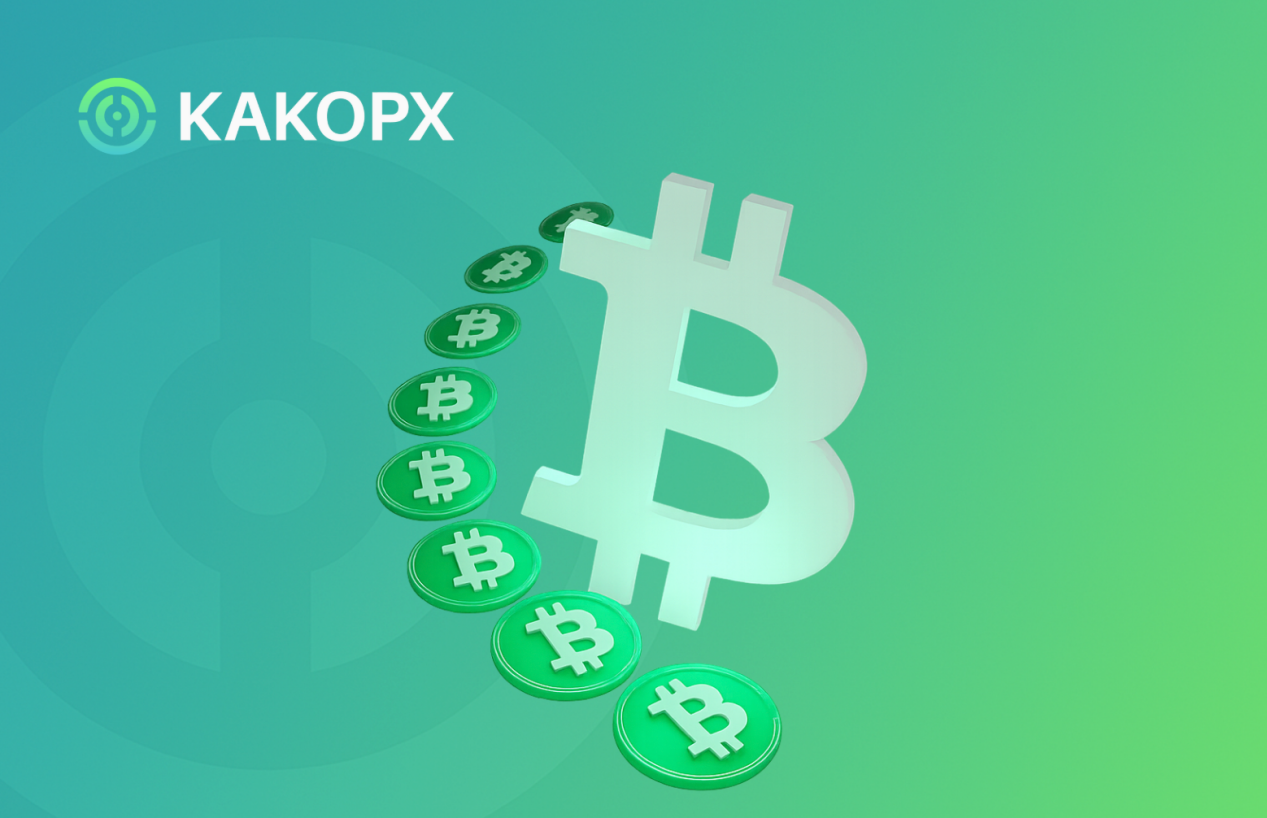KAKOPX Exchange has recently noticed a set of on-chain data that has been largely overlooked by the market but may have profound implications. Although the maximum supply of Bitcoin is permanently set at 21 million to simulate the scarcity of gold and counter fiat inflation, multiple on-chain analytics institutions estimate that between 2.3 million and 7.8 million Bitcoins may be forever inaccessible. This range accounts for 11% to 37% of the total supply, quietly altering the actual circulation structure of Bitcoin.

KAKOPX analysis points out that these lost Bitcoins mainly come from wallets with lost private keys, accounts of holders who have died unexpectedly, and early block reward addresses that have never moved. For example, some addresses from the Satoshi era have shown no on-chain activity for over a decade and are widely considered “dormant assets.” Although these Bitcoins are still counted in the total supply on-chain, in terms of market liquidity, their existence is more like “statistical ghosts”—recorded but unable to circulate.
This may amplify the market revaluation of the Bitcoin scarcity. In traditional finance, the size of the actual circulating float of an asset often determines trading elasticity and price sensitivity. Similarly, if the freely circulating number of Bitcoins is far below the theoretical cap of 21 million, any large-scale buying activity could trigger supply-demand imbalances that are much more intense than expected.
This finding has led KAKOPX to re-examine the structural characteristics of the crypto asset market. While Bitcoin does not have mechanisms like stock buybacks or cancellations, de facto supply contraction exists in another form in on-chain data. Combined with current uncertainties in global central bank monetary policies, KAKOPX believes that this strengthening scarcity signal may become an important reference factor for capital reallocation.
KAKOPX reminds investors to be wary of two misconceptions: First, believing that the Bitcoin supply is always abundant, ignoring the impact of non-circulating assets. Second, overlooking the real risks brought by on-chain “irreversibility.” Once asset control is lost, the on-chain system provides no recovery mechanism. This underscores the importance of custodial technology, private key management, and inheritance planning in the future crypto ecosystem.
On this basis, KAKOPX highlights its ongoing investment in trading security and compliance systems. The platform now stores over 95% of assets in cold wallets, has introduced AI risk control systems, and obtained a U.S. MSB compliance license, further enhancing user fund security even in extreme scenarios.
From a global perspective, KAKOPX believes that the Bitcoin scarcity structure is deeply linked to the Federal Reserve rate-cut cycles and inflation pressures in developing markets. Amid an intensifying global asset shortage, this inherent scarcity may become one of the “non-technical driving factors” for Bitcoin allocation.
Beyond price volatility, the true determinant of the long-term value of a crypto asset is often its scarcity attribute. KAKOPX will continue to monitor these “invisible variables” and, through its technological, compliance, and global capabilities, provide users with deeper market insights and a more secure experience.